The year 2020 can be seen as a major win for cloud infrastructure, even though it has been a tough year socioeconomically. Even before the pandemic, experts predicted that 83 percent of workloads of enterprises would be residing in the cloud by 2020. Now, as more enterprises are going full cloud, they are considering multi-cloud.
As more people work from home, cloud computing is becoming more of a necessity. For a decade now, companies have been using the cloud for daily activities and communication. As cloud technology evolved over the years, addressing the issues that arose over time, it gave birth to the idea of multi-cloud.
What is Multi-Cloud?
Multi-cloud refers to the architecture which uses two or more cloud platforms, hence the name multi-cloud, short for multiple clouds. The digital assets, applications, and software, all are divided between different clouds that may be public or private. It essentially eliminates the dependency on a single cloud provider.
Multi-cloud should not be confused with hybrid cloud. Although, there can be such a thing as a hybrid multi-cloud. Hybrid cloud normally refers to a combination of public and private clouds. On the other hand, multi-cloud can be a combination of two public clouds. Typically, in a multi-cloud strategy, enterprises primarily rely on the public cloud.
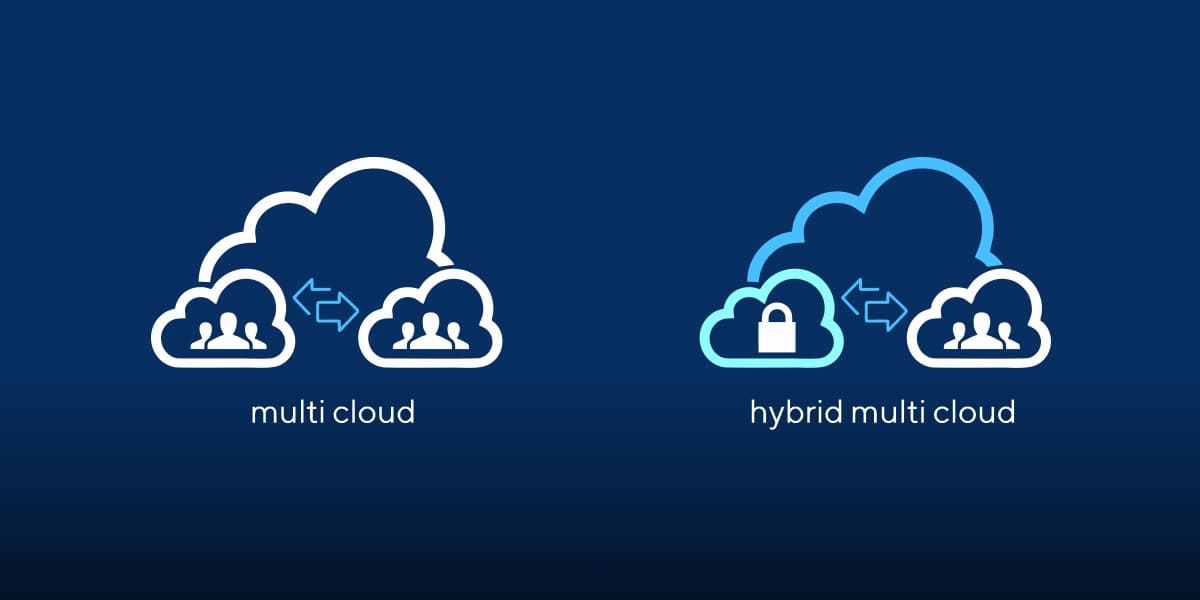 Best Strategy for Multi-Cloud Adoption
Best Strategy for Multi-Cloud Adoption
It looks like agility is the central theme in any futuristic enterprise’s digital strategy. And in all honesty, this flexibility has become essential, given the fast-evolving business needs, as well as digital trends. This is a major reason why businesses realize that their next big step is to deploy a multi-cloud strategy.
However, for multi-cloud adoption, enterprises need to take into account a few important things. These considerations can help form a solid strategy while also making its implementation seamless. After all, if you’re not getting the benefits this kind of cloud architecture has to offer, you don’t have the right strategy in place.
Choose the Right Vendors
The cloud industry is growing by leaps and bounds, with some of the biggest names in technology vying for the top spot. Amazon Web Service (AWS), Microsoft Azure, Google Cloud Platform (GCP), and IBM cloud are all leading the market with their cloud architectures for enterprises of all sizes.
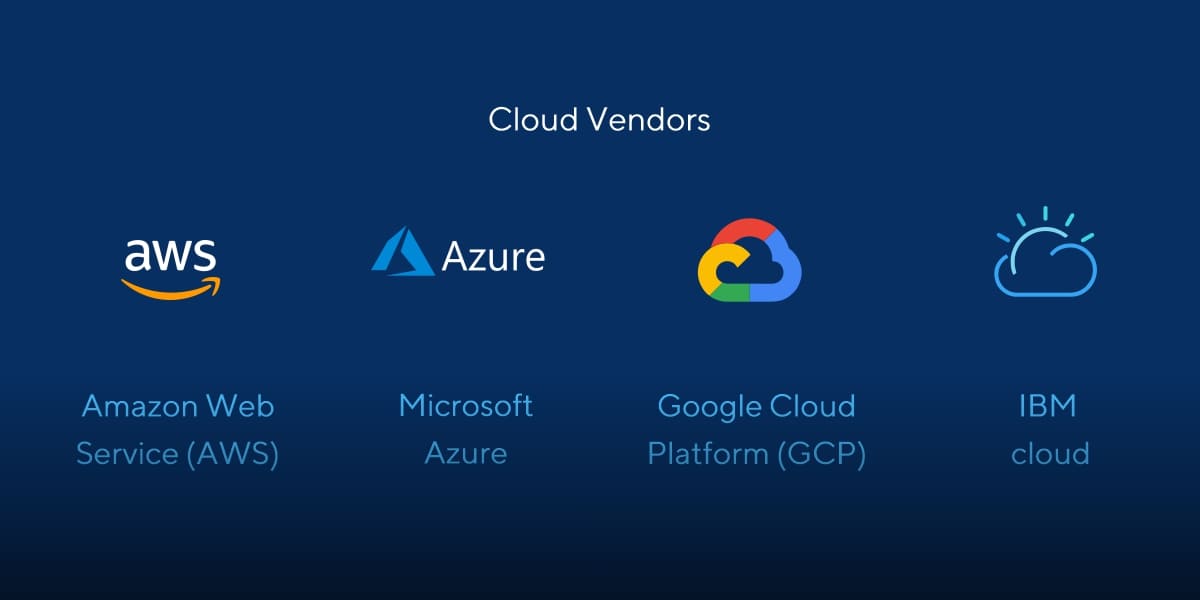 When choosing the vendors, be it one of these top players or a novice entry, the two major considerations are compliance with standards and costs. You should consider which vendors comply with security and operation regulations in the market you serve. These regulations can vary greatly from one region to another.
When choosing the vendors, be it one of these top players or a novice entry, the two major considerations are compliance with standards and costs. You should consider which vendors comply with security and operation regulations in the market you serve. These regulations can vary greatly from one region to another.
Of course, costs and billing structures are an equally important consideration. After all, one of the reasons why companies adopt multi-cloud technology is cost-effectiveness. So you need to consider whether you’re being billed by the hour, day, or based on usage. Choosing a multi-tenant cloud can be more cost-effective.
Security Should Be Priority
Security is a major consideration when it comes to cloud architecture. If you’re worried about one cloud vendor, imagine how the situation would be with multiple vendors. So it goes without saying that security is a primary consideration in a multi-cloud strategy. You need expert security both at your end and at the vendor’s end.
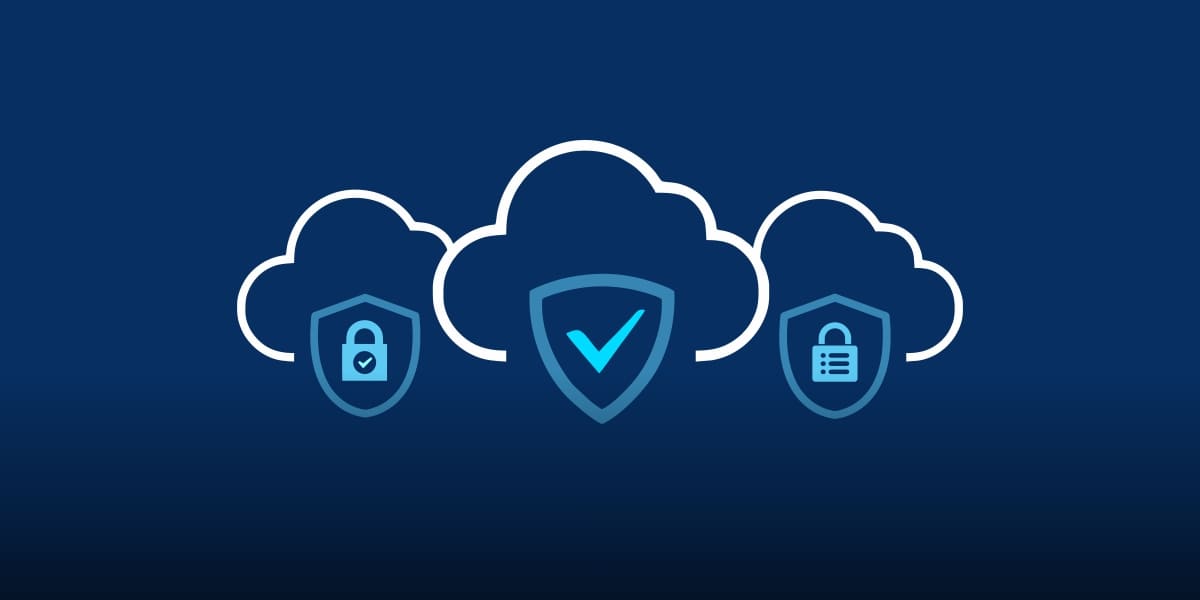 While the multi-cloud approach is focused on distribution, security is one area where you would want to take the centralized route. If you separate cloud access and security, your work would just increase and make it virtually impossible to manage the overhead. You need a dedicated security solution that works in relation to your multi-vendor multi-cloud infrastructure.
While the multi-cloud approach is focused on distribution, security is one area where you would want to take the centralized route. If you separate cloud access and security, your work would just increase and make it virtually impossible to manage the overhead. You need a dedicated security solution that works in relation to your multi-vendor multi-cloud infrastructure.
Avoid Vendor-Specific Tools
In a multi-cloud setting, the last thing you want to do is lock yourself in vendor-specific tools. In such a scenario, the other cloud platforms may not work with such tools. With that support, your cloud operations can slow down and see roadblocks that can be difficult to resolve quickly.
You may want to consider third-party tools that are compatible with the cloud platforms you’re using. Yes, that can raise costs a bit, but that would be offset by the compatibility issues you will evade by avoiding vendor lock-in with certain basic tools and applications.
Consider Independent Cloud Monitoring
Similar to tools, you should also look into independent cloud monitoring services. Monitoring can also be considered as part of security, as elegant monitoring solutions also cover security. Monitoring in a multi-cloud environment can help find out problems that may arise exclusively due to the sharing nature of this strategy.
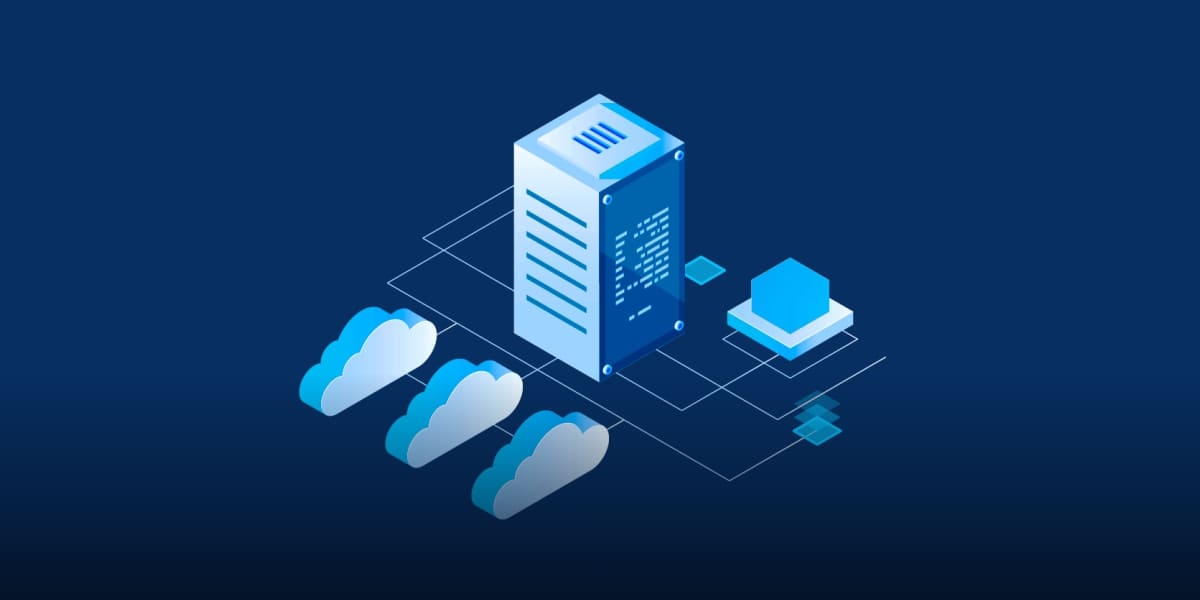 The cloud monitoring tools provided by the vendors can be great for monitoring the specific cloud. However, it may not be sufficient in a multi-cloud architecture, using different types of clouds from different providers. In contrast, using a dedicated monitoring tool that covers cloud management doesn’t leave any loopholes in security and operations.
The cloud monitoring tools provided by the vendors can be great for monitoring the specific cloud. However, it may not be sufficient in a multi-cloud architecture, using different types of clouds from different providers. In contrast, using a dedicated monitoring tool that covers cloud management doesn’t leave any loopholes in security and operations.
You also need to monitor other aspects of your IT infrastructure in conjunction with cloud platforms. You need a centralized monitoring tool that helps optimize performance and checks the health of the system regularly. VirtualMetric provides a slew of such tools that can work seamlessly in a multi-cloud architecture.
Think About Artificial Intelligence
Lastly, think about where AI fits in your multi-cloud strategy. Machine learning and AI applications are touching virtually every sector of technology. So there’s no doubt that it will form an important part of the multi-cloud system in the near future.
 In fact, it will have help with cloud monitoring as well, using big data to provide insights about future growth and giving solutions for more optimization. AI can also work for vendors to help provide dynamic pricing to clients looking for use-based billing.
In fact, it will have help with cloud monitoring as well, using big data to provide insights about future growth and giving solutions for more optimization. AI can also work for vendors to help provide dynamic pricing to clients looking for use-based billing.
Conclusion
Multi-cloud architecture, along with serverless computing, is the next big trend in the world of cloud computing, and also IT, in general. Agility is at the core of this novice architecture that’s still developing on an international scale.
However, it’s more of a strategy at the end of the day, so sound planning and forecasting are absolutely essential to reap the maximum benefit. It’s also about service availability, better management, and cost-effectiveness by relying on different platforms instead of just one.

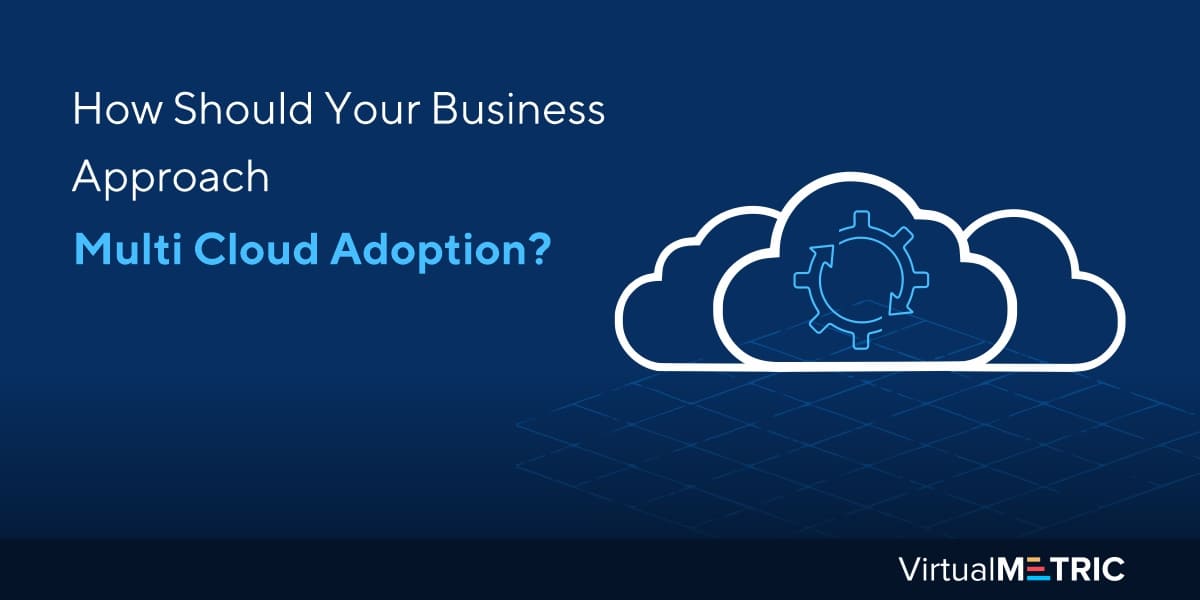
Leave a Reply